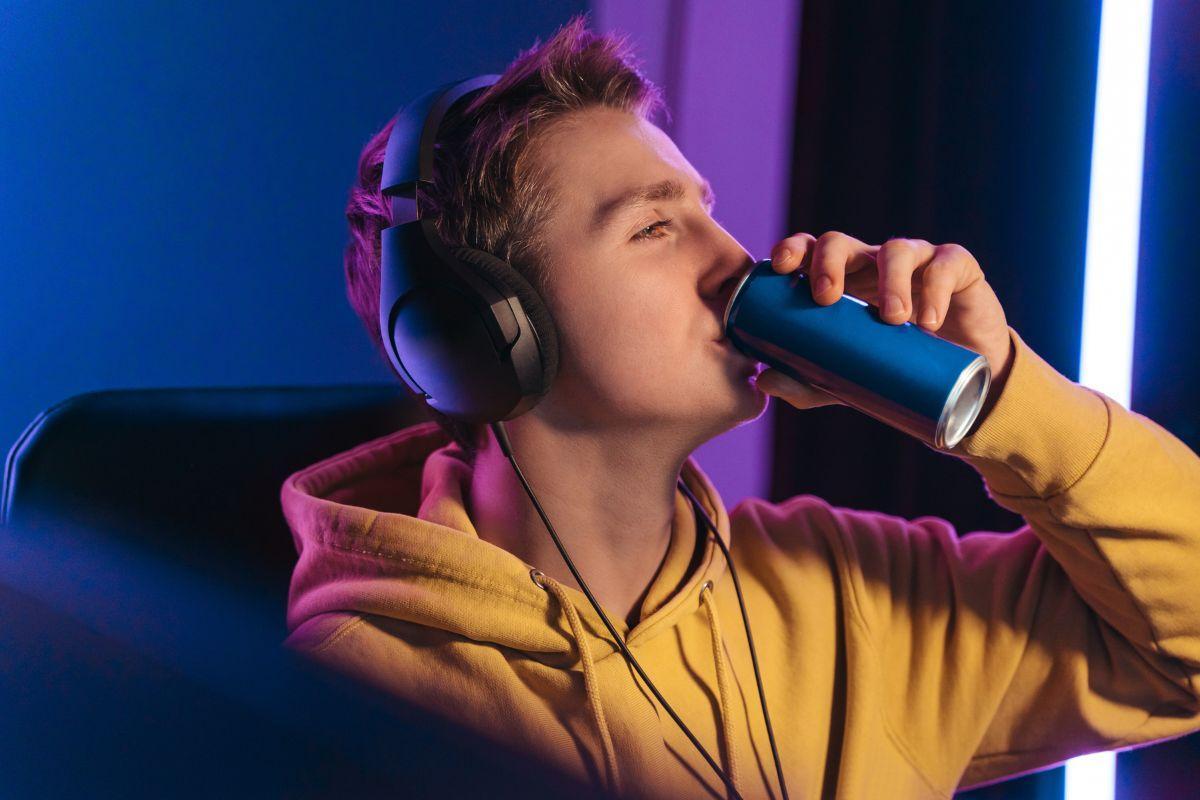Written by Mr Imran Liaquat for Doctify
Of all the everyday health complaints we suffer from, a sore back is probably one of the most common. But what causes this pain? And do different types of discomfort mean different things?
Offering up an explanation is Mr Imran Liaquat, leading Doctify Neurosurgeon. He sheds a little more light onto why back pain happens and to who.
What kind of back pain often affects young people?
Patients that are young and athletic may present with flare up of back pain which is likely due to muscular tears in their paraspinal muscles. Muscle related back pain is usually quite deep and sharp. It is aggravated by bending forward as this stretches the damaged or inflamed stretched muscle groups.
How do you treat it?
My advice would be to rest and take some regular painkillers. Once the pain settles, start incorporating core muscle exercises into your routine to strengthen the lower spinal back muscles.
What about people in an older age bracket?
Patients in their late thirties up to those in their sixties can develop facet joint syndrome. Facet joints are the small joints located between and behind adjacent vertebrae. This is particularly true if they have manual jobs that require bending forward or twisting. This is usually dull aching pain in lower back that can spread into the groin and thigh but not below the knee. The syndrome may arise due to an acute tear in the facet capsule (an area of connective tissue that covers and closes the facet joint) sustained during work, playing sport and can be really intense.
How do you treat it?
Avoid aggravating factors, take painkillers regularly and try physiotherapy to aid mobility and strengthen the paraspinal muscles.
In some cases, facet joint injections could be considered if the measures I mentioned before are not having an impact. The symptoms can have a relapsing and remitting course with no pain in between episodes or low level dull ache.
Tips for avoiding back pain
- Maintain good posture so that the weight of the body is distributed more evenly over the bony and muscular structures. Poor posture means that the lowest facet joints often take a lot more weight than they should which contributes in the long run to the risk of developing chronic pain.
- Lose weight from the front and strengthen the core muscles and antagonistic muscles at the front i.e. abdominal muscles. A strong tone on the core paraspinal muscles and front abdominal muscles reduces the biomechanical stress on the bony structures such as the facets.




